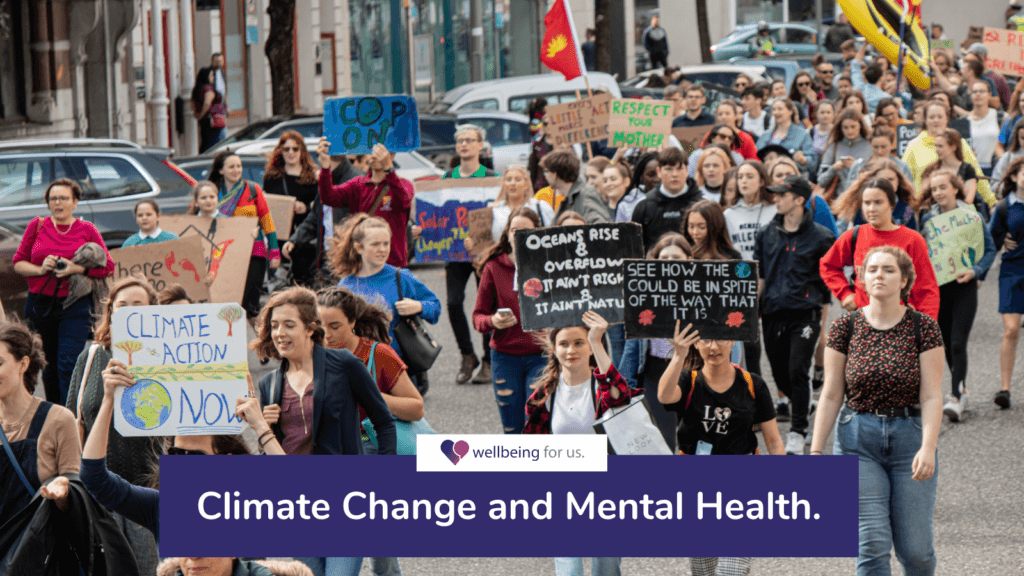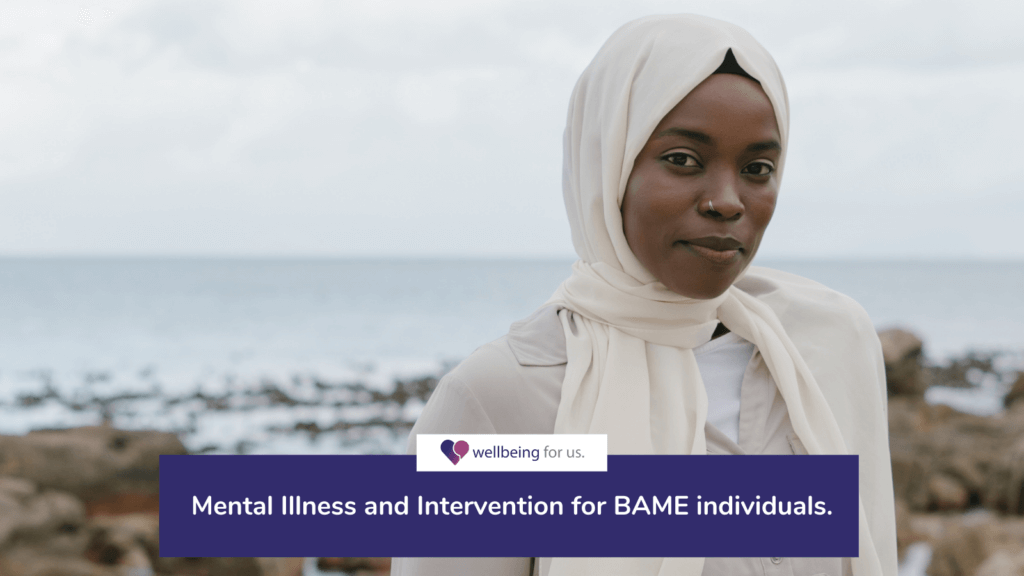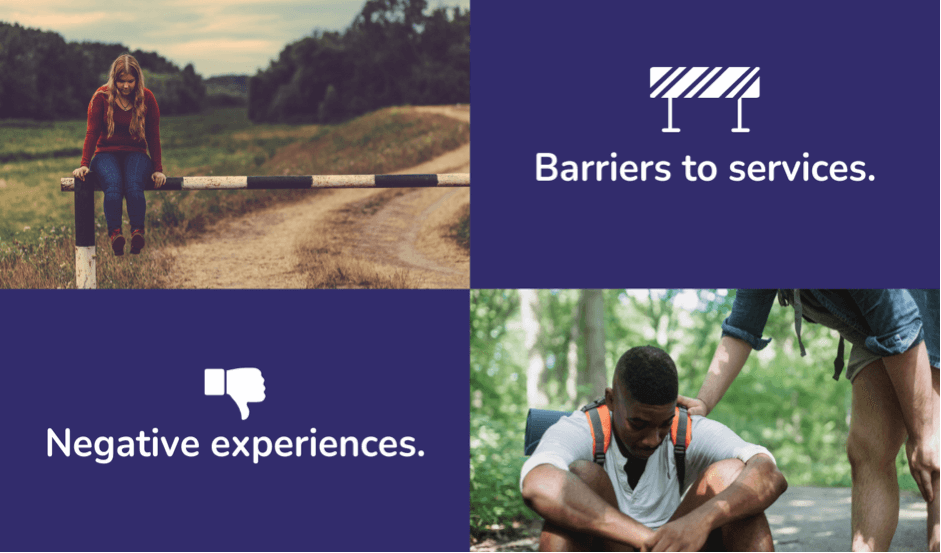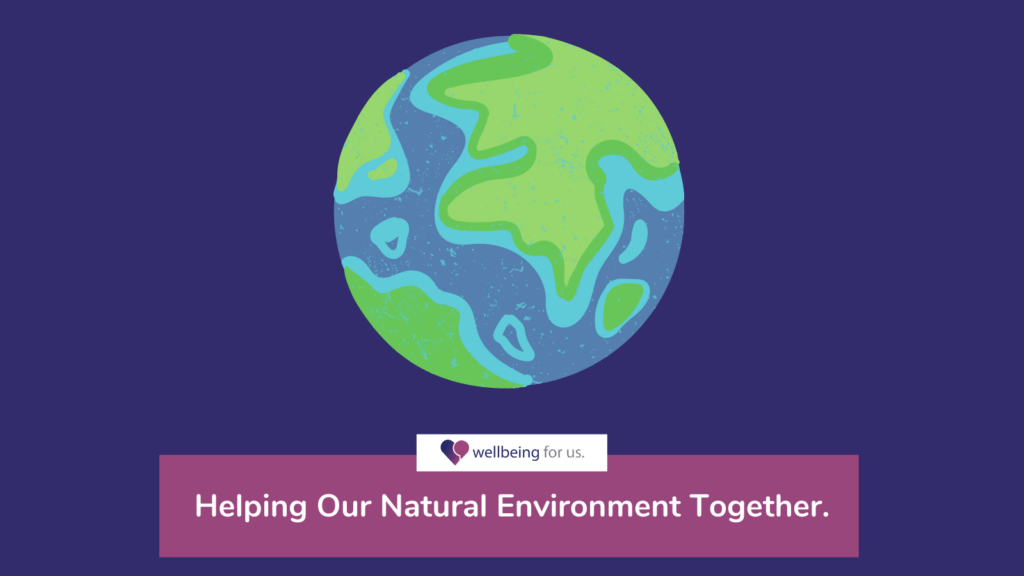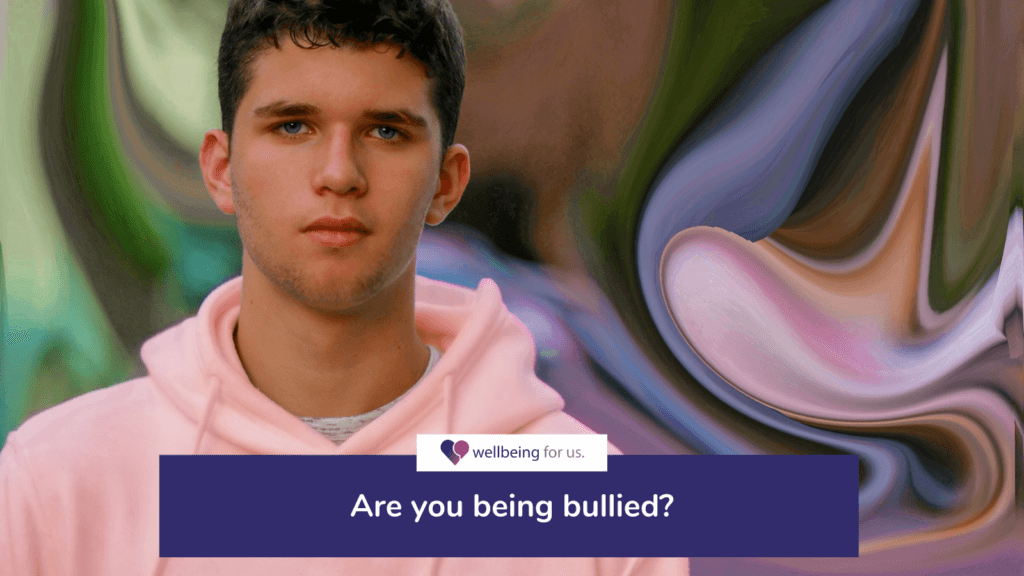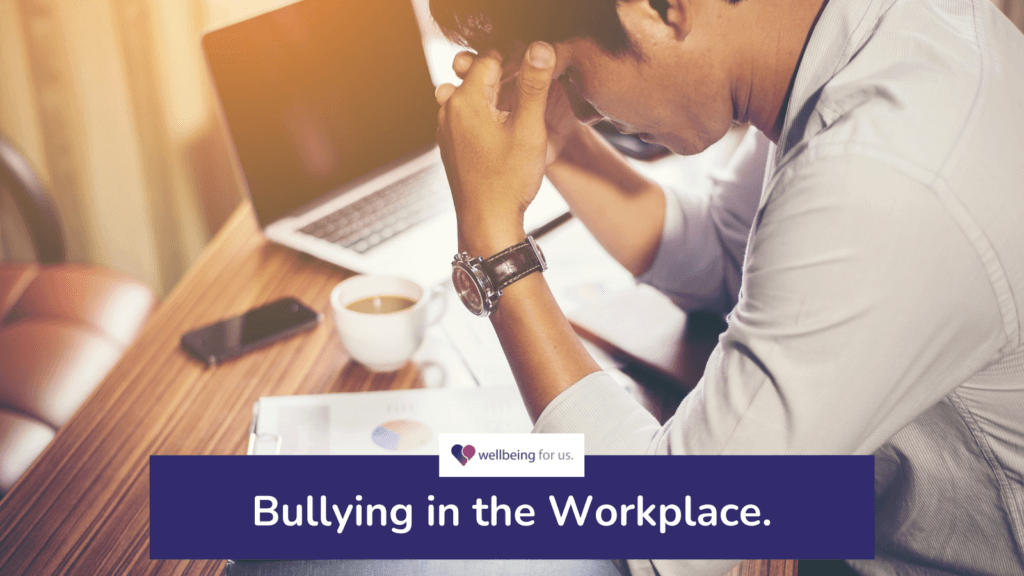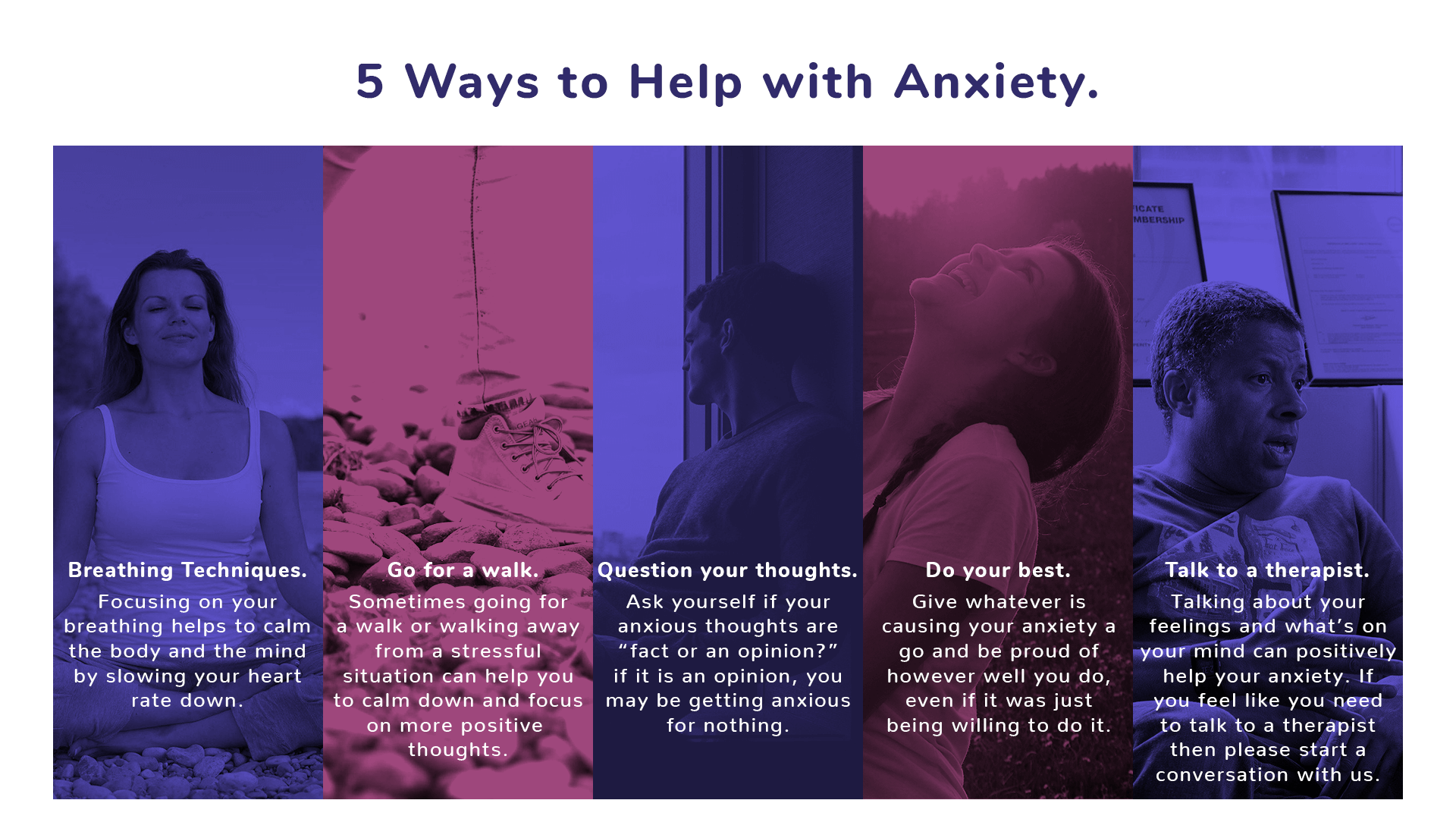Dementia
Dementia is a progressive and irreversible neurological disease characterised by cognitive and physical decline due to decreasing brain function which affects movement, memory, speech and mood.
Diagnosing Dementia

The Diagnostic and Statistical Manual of Diseases[1] (DSM-V) diagnoses dementia according to the following criteria:
A. Evidence of significant cognitive decline from a previous level of performance in one or more cognitive domains:
- Learning and memory
- Language
- Executive function
- Complex attention
- Perceptual motor
- Social cognition
B. The cognitive deficits interfere with independence in everyday activities. At a minimum, assistance should be required with complex instrumental activities of daily living, such as paying bills or managing medications.
C. The cognitive deficits do not occur exclusively during the course of delirium.
D. The cognitive deficits are not better explained by another mental disorder (e.g., major depressive disorder or schizophrenia).
Types of Dementia – The Three Most Common Forms:
Alzheimer’s Disease
- Alzheimer’s is the most common cause of dementia and is characterised by the build-up of plaques and tangles in the brain, causing the decline and death of healthy cells and neurons, resulting in the ‘shrinking’ of the brain. Memory loss is the main symptom of Alzheimer’s, but other symptoms of the illness include depression, delusions, mood swings and withdrawal.
Vascular Dementia:
- This is the second most common form of dementia and is caused by limited blood flow to the brain due to damaged blood vessels, for example due to a stroke. The effects are most acute in terms of reduced cognitive speed and concentration, seen in issues with organisation, planning and communication.
Lewy Body dementia
- This occurs when clumps of proteins called alpha synuclein (‘Lewy Bodies’) build up in the brain, resulting in confusion, delusions, hallucinations and parkinsonian behaviours such as reduced movement and gait changes. Sleep disturbances and changes in the autonomic nervous system are common, causing lower blood pressure, dizziness and incontinence. Memory loss is still present, but the decline is less rapid than that seen in Alzheimer’s.
Causes and Risk Factors
Age
- Dementia is not a natural part of ageing, however the risk does increase with age, particularly once a person passes the age of 65. A factor in this is that ageing brings with it higher incidence of other health conditions that can increase the risk of dementia such as high blood pressure, reduced blood flow and stroke.
Genetics:
- Certain genes play a role in increasing risk of dementia, for example the gene APOE4, involved in transporting fat and cholesterol in the bloodstream brings increased Alzheimer’s risk and is expressed in more than one in two individuals with Alzheimer’s[2]. However, genes only play a small role in causation of dementia and no one gene guarantees the development of the illness across generations.
Lifestyle and Environment
- Poor lifestyle choices such as smoking, and drinking increase the risk of dementia due to factors such as the high blood pressure and limited blood flow they can cause[3]. Poor diet including processed foods and lack of exercise also increase the risk, especially If this leads to cardiovascular issues such as high blood pressure and arterial cholesterol build up[4]. Environmental risk factors include air pollution which is linked to faster cognitive decline[5]
Treatments
Medication
There is no medication that can cure or completely stop dementia, but these medications do act to slow the process and reduce symptoms:
Acetylcholinesterase Inhibitors:
- Acetylcholine is the main neurotransmitter in the nervous system, playing an important role in both physical and cognitive function. Individuals with dementia have a lack of acetylcholine, therefore this group of medications works to prevent enzymes breaking down this neurotransmitter, thus allowing for better communication between neurons. While these medications have been shown to be effective, they can have several adverse side effects including nausea, vomiting and insomnia[6].
Memantine Hydrochloride:
- This medication works to block glutamate production which is often overproduced in those with dementia, causing cell decline and death[7]
Therapies
Cognitive Stimulation Therapy (CST):
- This is a 14-session therapy course for mild to moderate dementia patients, most commonly delivered in groups and involves activities to stimulate social interaction and memory such as playing games, singing and discussing current news. Research shows CST can be as effective as medication (and avoids side effects)[8].
Life Story Work:
- This involves working with the patient (and often their family) to reminisce on one’s life in a positive way to help take focus off the dementia. This can be done through a variety of mediums, including music, pictures and objects that take a person back to a happy time in their life.
[1] American Psychiatric Association. (2013). Diagnostic and statistical manual of mental disorders (5th ed.). https://doi.org/10.1176/appi.books.9780890425596
[2] Safieh, M., Korczyn, A.D. & Michaelson, D.M. ApoE4: an emerging therapeutic target for Alzheimer’s disease. BMC Med 17, 64 (2019). https://doi.org/10.1186/s12916-019-1299-4
[3] Sahakian, B., Jones, G., Levy, R., Gray, J., & Warburton, D. A. V. I. D. (1989). The effects of nicotine on attention, information processing, and short-term memory in patients with dementia of the Alzheimer type. The British Journal of Psychiatry, 154(6), 797-800.
[4] Peters, R., Peters, J., Booth, A., & Anstey, K. J. (2020). Trajectory of blood pressure, body mass index, cholesterol and incident dementia: systematic review. The British Journal of Psychiatry, 216(1), 16-28.
[5] Peters, R., Ee, N., Peters, J., Booth, A., Mudway, I., & Anstey, K. J. (2019). Air pollution and dementia: a systematic review. Journal of Alzheimer’s Disease, 70(s1), S145-S163.
[6] Mohammad, D., Chan, P., Bradley, J., Lanctôt, K., & Herrmann, N. (2017). Acetylcholinesterase inhibitors for treating dementia symptoms-a safety evaluation. Expert opinion on drug safety, 16(9), 1009-1019.
[7] Wang, R., & Reddy, P. H. (2017). Role of Glutamate and NMDA Receptors in Alzheimer’s Disease. Journal of Alzheimer’s disease : JAD, 57(4), 1041–1048. https://doi.org/10.3233/JAD-160763
[8] Spector, A., Thorgrimsen, L., Woods, B. O. B., Royan, L., Davies, S., Butterworth, M., & Orrell, M. (2003). Efficacy of an evidence-based cognitive stimulation therapy programme for people with dementia: randomised controlled trial. The British Journal of Psychiatry, 183(3), 248-254.


